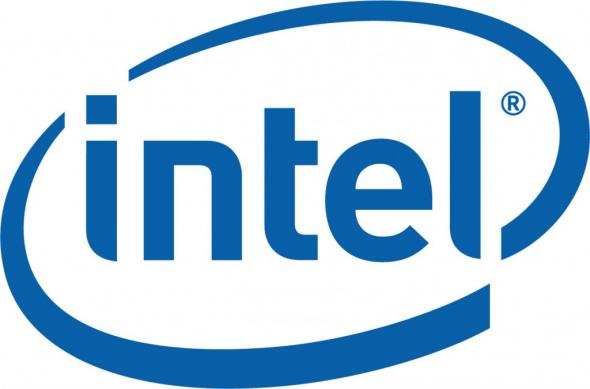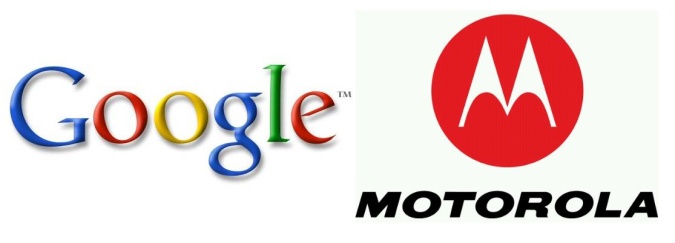Intel is one of the most foremost American global technology companies and the world’s largest semiconductor chip producer, in term of revenue. It is the inventor of the x86 series of microprocessors where its processors nowadays can be seen in a various computing devices used. The company was founded in 1968, as Integrated Electronics Corporation with home-based in Santa Clara, California, USA. Intel also manufactures motherboard chipsets, integrated circuits, graphic chips, network interface controllers, and other communications and computing utility devices. Robert Noyce and Gordon Moore and widely cooperated with the executive leadership Andrew Grove initially founded the company. The company grew and later started integrating an advanced chip design with a leading capability support manufacturing. The company started its prominent advertising campaign with Intel’s “Intel Inside” in the 1990s and made its Pentium brand names as the home-used processor. The company is everywhere in the digital social media – Continue reading
Business Analysis Case
Case Study: Dell Social Business Strategy
Dell Inc. is one of world’ largest multinational technology corporation that manufactures sells and supports personal computer and other computer related. Dell was founded as PC’s Limited in 1984 by Michael Dell, with a start-up money totaling $1,000, when he was attending the University of Texas. Michael Dell started his business with a simple concept that selling computer systems directly to customer would be the best way to understand their needs and give them the most computing solutions. The first product of the company is a self-designed computer called Turbo PC which had lower prices than major brands. PC’s Limited was not a first company to do this but was the first to succeed, grossing $73 million in its first year trading. The company changed its name to Dell Computer Corporation in 1988. They tried to sell computer through stores in 1990 but was unsuccessful and they returned to sell Continue reading
Case Study: Google’s Acquisition of Motorola Mobility
Motorola mobility, which was previously known as the mobile devices division of Motorola, until January 2011 when it was separated. The company produces smart phones, set top boxes, end to end video solutions and cable modems. As soon as automobiles were becoming popular, Motorola helped with entertaining the passengers, as it introduced the world’s first commercial portable cell phone. On the other Hand, Google a privately held company, founded by Larry page and Sergey Brin, two Phd students at the university of Stanford, it has been focused on technology innovations to help its users find the information with unprecedented levels of ease, accuracy and relevancy. Google primarily concentrated on the areas of search, advertising, operating systems and platforms, enterprise and hardware products. These programs include AdWords, AdSense, Google Display and Google Mobile, with Android and Google Chrome serve as its operating system and platforms. Google generate revenues primarily through delivering Continue reading
Case Study: IBM’s Turnaround Under Lou Gerstner
“Who Says Elephants Can’t Dance” describes how Louis Gerstner lead the organizational turnaround at IBM when it was at the verge of extinction. Louis Gerstner was the chairman and CEO of IBM from April 1993 to March 2002. Before joining IBM, he had worked on various consulting assignments at McKinsey and led successful organizational changes at American Express and RJR Nabisco. During the early nineties, IBM was rapidly losing its market share in most of the markets it catered to its competitors. The management was planning to break the organization into individual businesses. Soon after his appointment as CEO, Gerstner identified that the unique competitive advantage of IBM was due to its scale and broad-based capabilities, and therefore advocated that “keeping the company together” will help IBM to utilize this unique advantage by positioning itself as software integrator. Gerstner was instrumental in shifting the mental model of employees from self-centric Continue reading
Case Study: Business Innovation Lessons from Salesforce.com
Salesforce.com was founded in 1999 by Marc Benioff. A former executive at Oracle, he dreamed up the concept while on sabbatical in Hawaii and India. After noticing the success of consumer websites like Amazon.com, he saw the potential for the Internet to be a goldmine for business consumers and set out on his plan to create his own startup business. After considering a human resources endeavor, his first venture was Customer Relationship Management (CRM), with an idea that his software would be easy to use and inexpensive, a vast improvement over similar items already on the market. Salesforce.com has become a platform for business owners and managers to buy subscriptions for software that has many business applications, like service and support, marketing and, of course, sales. Competitors like Oracle, SAP, Microsoft, etc. that dominated the enterprise software market, locked in almost all the large companies in the world with their Continue reading
Case Study: Lenovo’s “PC Plus” Strategy
Lenovo is the largest personal computers (PC) maker in the world as ranked by IDC, but global PC market is a hyper-competitive market with tough competition from competitors like HP, DELL and Acer. The industry also suffers from low profit margins too where Lenovo’s profit margin is around 2% only compared to Apple’s profit margin of 25-30%. Also the PC market itself is declining as consumers are buying more tablets and smartphones which is affecting the sales of desktop computers and laptops. All these factors have pushed Lenovo to adopt a new business strategy called as “PC Plus” Strategy, which covers terminal products like PCs, smart phones, table PCs and smart TVs. Lenovo’s acquisition of Motorola Mobility’s handset and tablet business from Google, following its acquisition of IBM’s x86 server business, puts the company exactly where it wants to be: at the forefront of the computing and smart devices businesses. Continue reading





